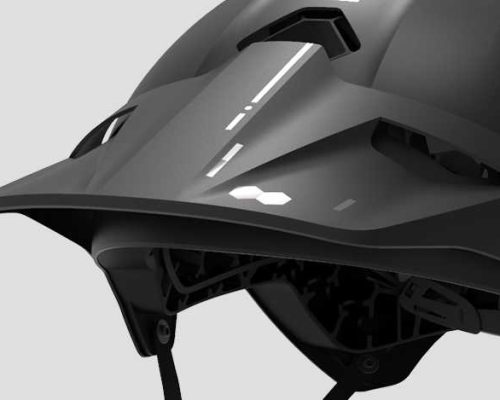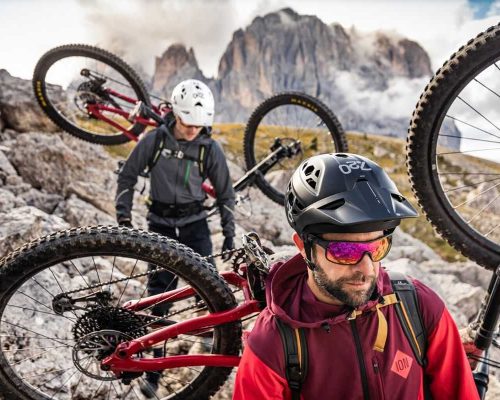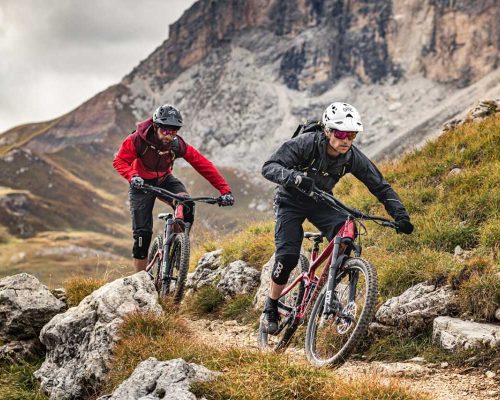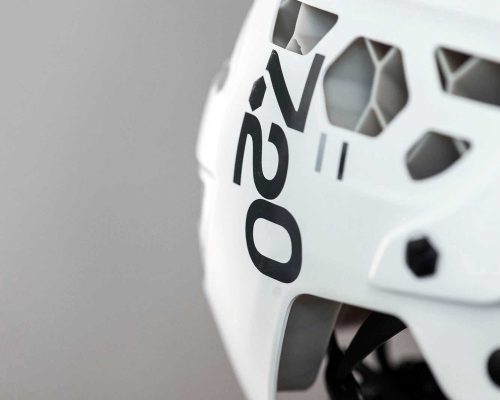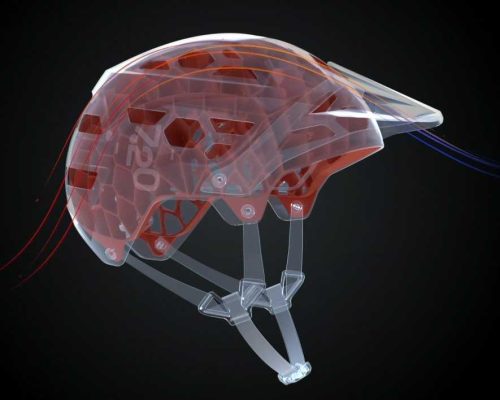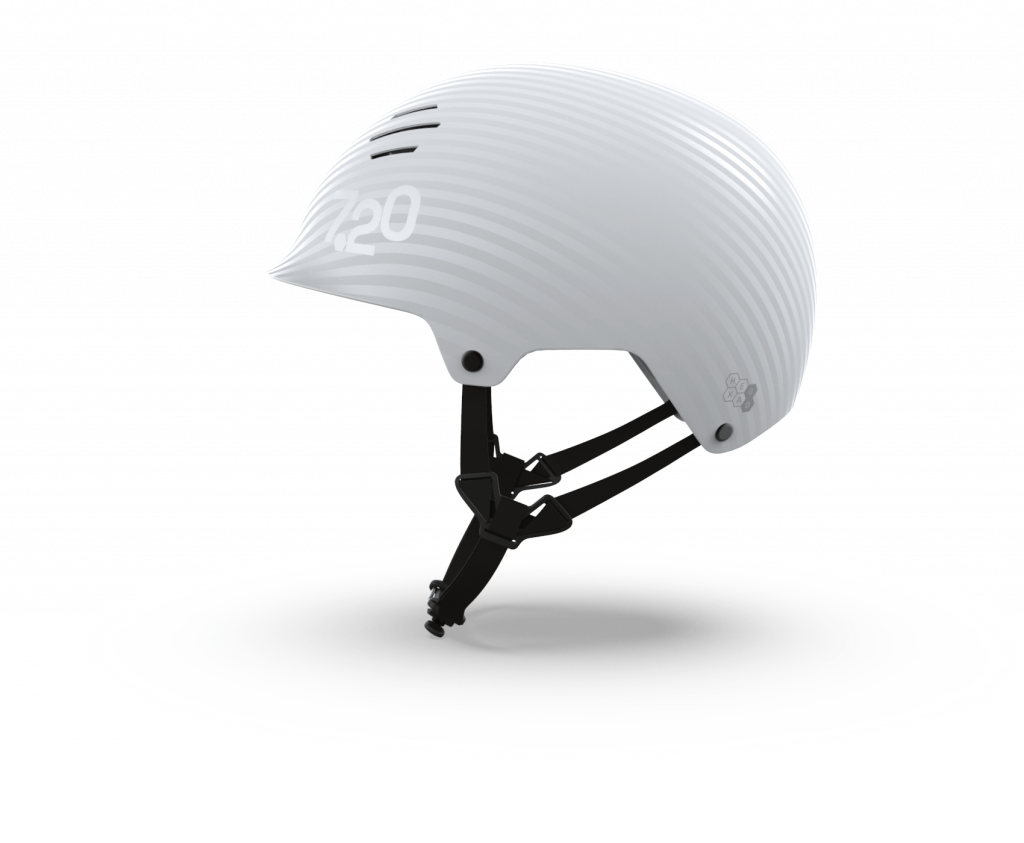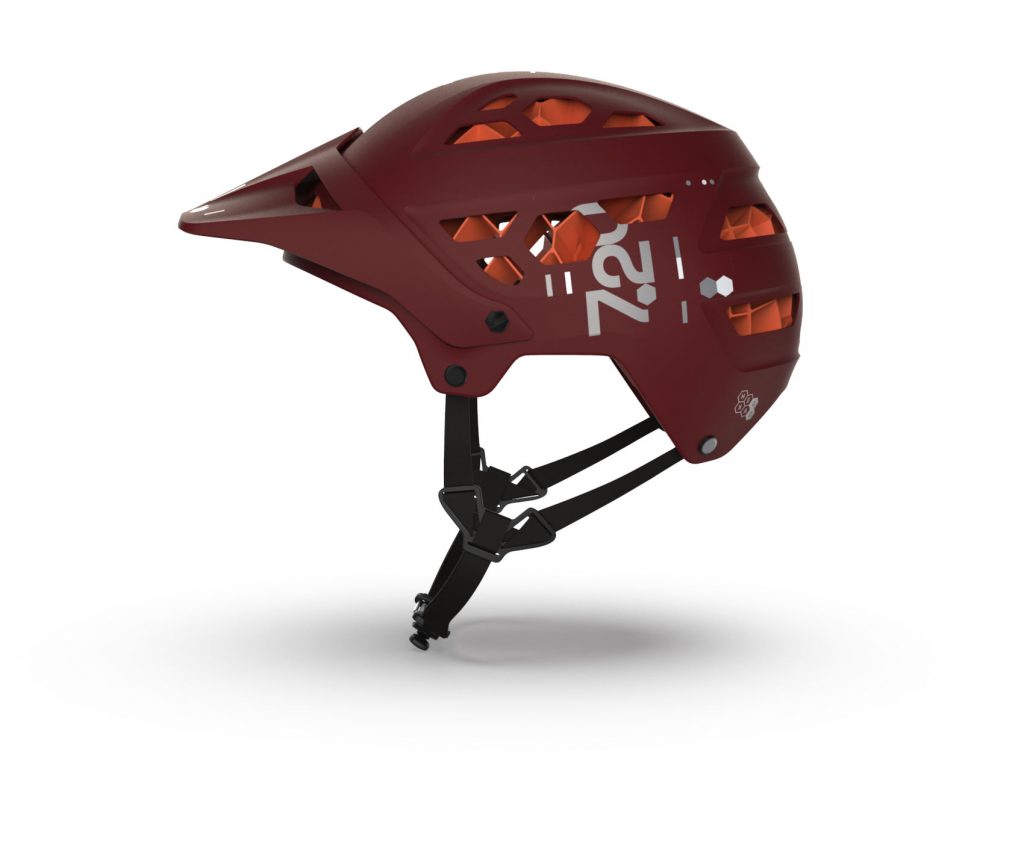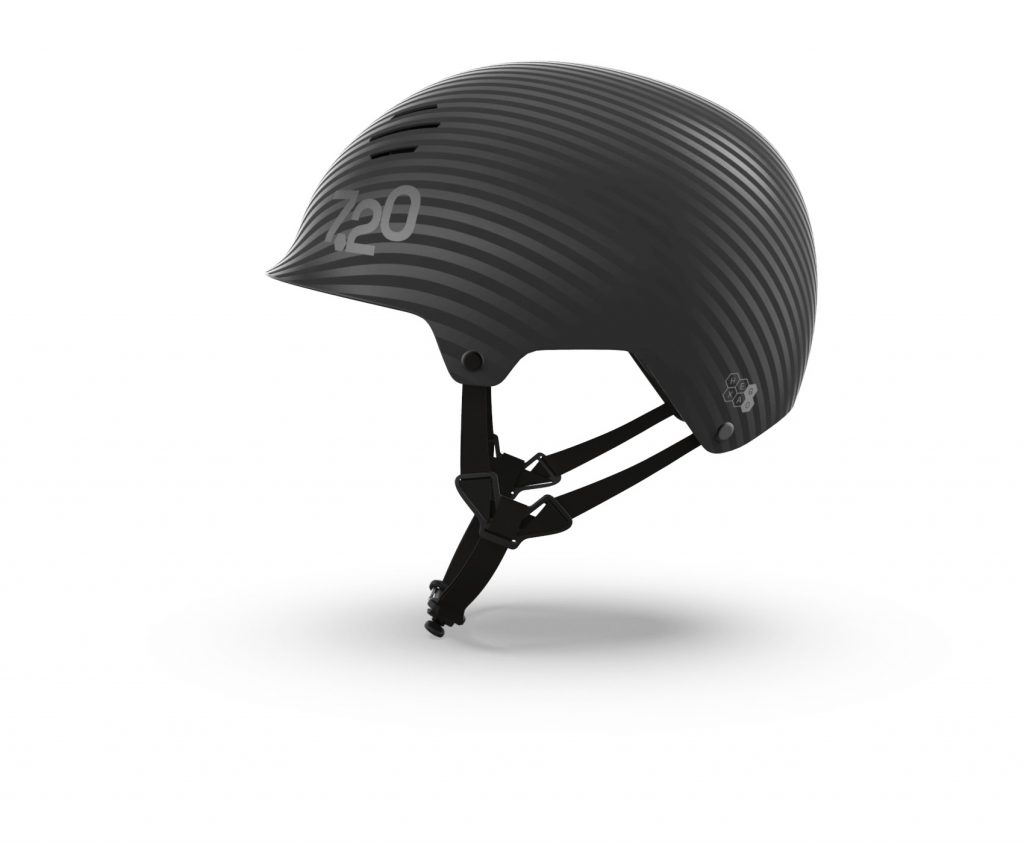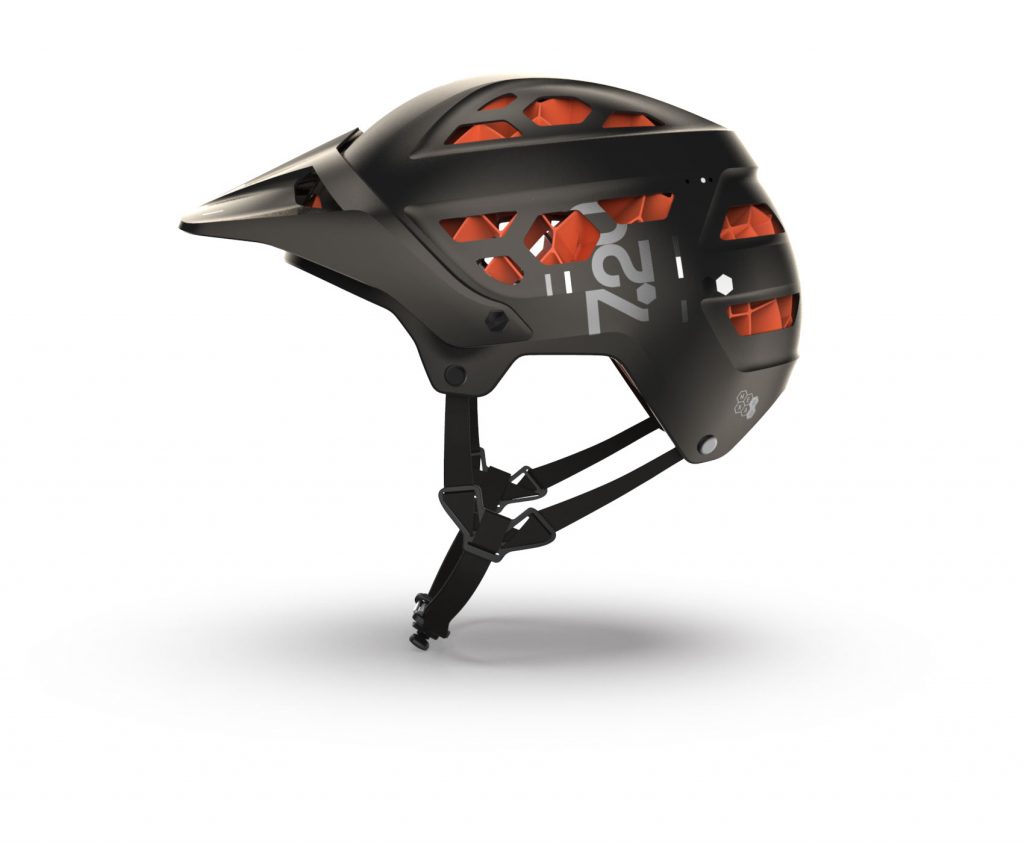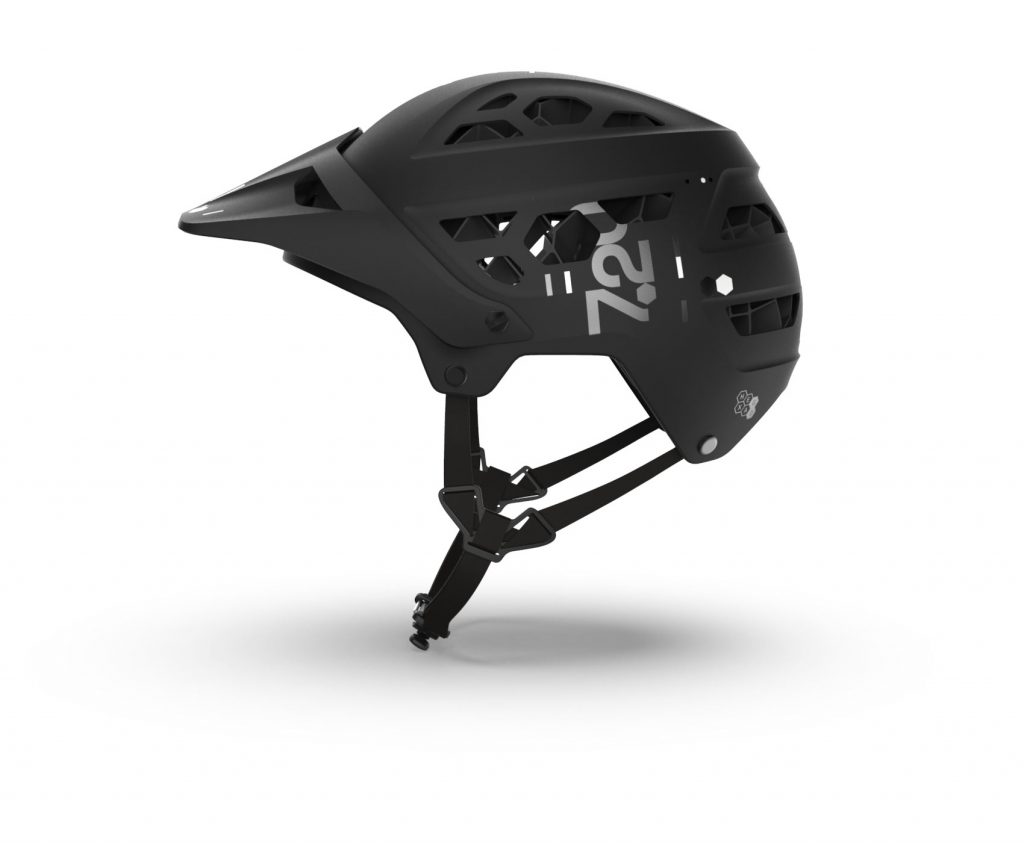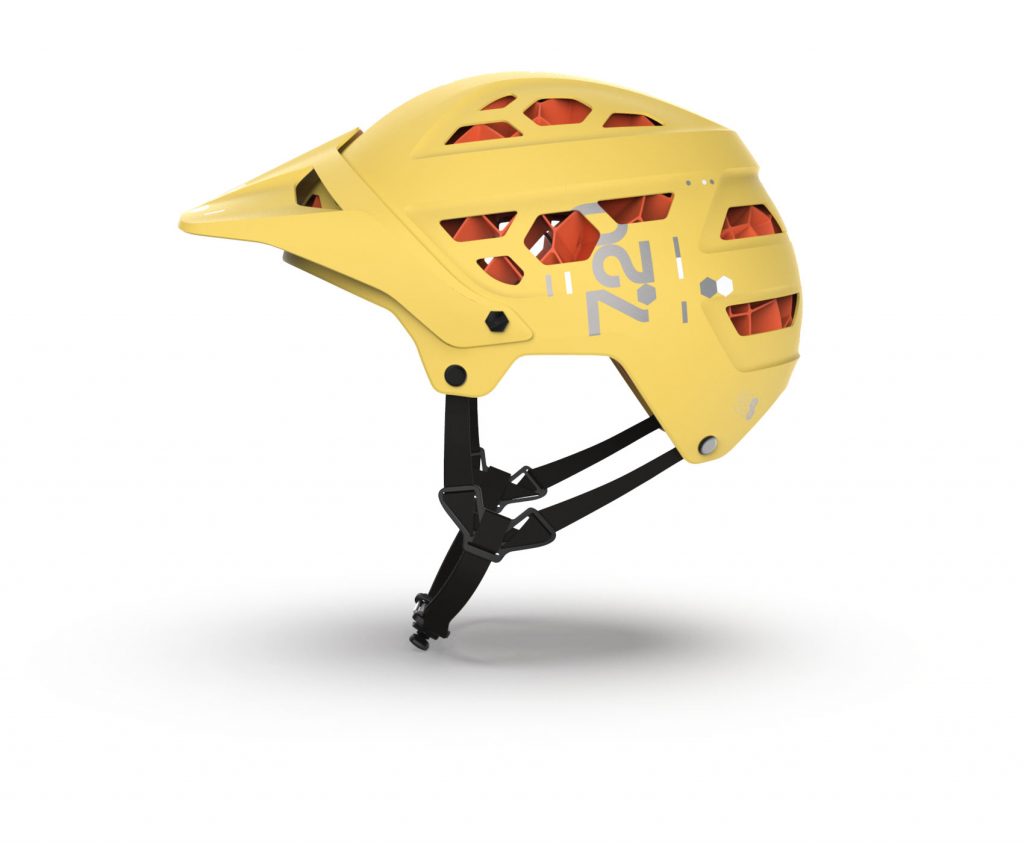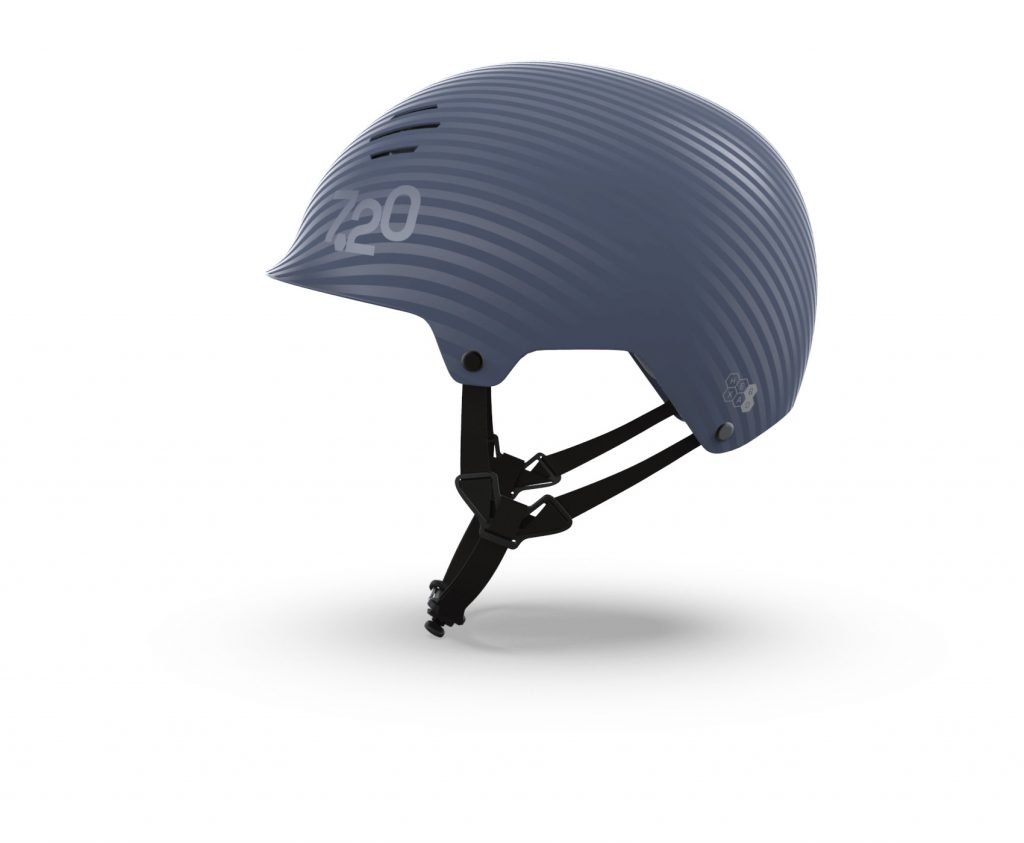An interview with neurologist Prof. Dr Saltuari about sports-related head injuries and their consequences

Falls happen, whether skiing, mountain biking or when cycling in the city. Nor is it uncommon for the head to be adversely affected. We wanted to know what happens to the brain in the event of impact, what consequences can brain trauma have and what the so-called rotational forces have to do with all this. We therefore addressed these questions to Prof. Dr Leopold Saltuari: born in Bozen, he studied medicine in Innsbruck then neurology in Pavia, finally specialising in Milan in physical therapy and rehabilitation. In December 2019, as Professor Emeritus, he became Departmental Director of Neurology and Acute Neurorehabilitation at Hochzirl-Natters Hospital (Tyrol Clinics) and is currently scientific director of the South Tyrol Research Unit for Neurorehabilitation.
Dr Saltuari, do you yourself practise sports? And if so, which?
Yes, in my free time I like to do sports and my interests are quite wide: in winter I go skiing or snowboarding, and I am also an avid ski tourer. In summer I alternate between horse-riding, kitesurfing and mountain biking – by that I don’t mean downhill or anything like that, no challenging routes. I have to say that I am not really a master of any of these sports. And yes – you are surely going to ask me this next – all of them also involve a certain risk, which I am fully aware of – because of my work, perhaps more than others.



Indeed – especially for the head, of course.
You will certainly see a lot in your work…You naturally view sport as a whole a little more critically if you are constantly dealing with the consequences of injuries in a professional context and being confronted with the damage. Whereas, in the past, severe skull-brain injuries were mainly due to road accidents, today we are seeing significantly more serious sports accidents involving severe brain injury. The decrease in road injuries and deaths is largely due to improved road safety measures, such as seatbelts, helmets, drink-driving laws and traffic controls. While the classic skull-brain trauma patients used to be young, male drivers between 18 and 30 years old, today the trend is for older sportsmen and women to be affected. Someone like me, for example. *He laughs*
What can happen to the head if you fall while cycling or skiing? What are the most common injuries?
The general opinion is that a skull fracture is the most dangerous form of head injury. The main problem with a skull-brain injury, however, is deceleration trauma. This means that, upon impact, the soft brain mass is jerked backwards and forwards into the hard brain shell and the fluid columns within the brain are also pulled backwards and forwards. This mechanism is the crucial injury parameter in a trauma context. On the other hand, a fracture of the facial bones can for example even absorb energy and offer a certain protective function for the brain. Adding a rotational component, whereby the brain also rotates around its own axis, significantly increases the risk of injury.
Which areas of the brain are particularly at risk if you fall off your bike? Can such injuries lead to permanent damage? What are the long-term effects?
Basically, all areas of the brain can be affected, depending on the dynamics of the accident and thus on the type of brain trauma. In the case of serious injuries, permanent damage can also be caused: short-term memory loss, reduced ability to concentrate or a shorter attention span are still all lesser evils, as severe brain injuries can lead to severe movement and behavioural disorders, up and including a persistent vegetative state.

You said that the rotational forces affecting the brain in the event of impact can also cause damage. Work has been underway for some time on testing these during helmet approval procedures. This is surely a desirable development?
A helmet can protect against deceleration trauma because it absorbs energy, but it cannot protect against rotational trauma. A mechanism to reduce rotational trauma would be highly desirable to increase safety in the event of a sports accident.
There is a clear trend towards wearing helmets on the ski slopes in recent years, with only a minority now skiing without a helmet. This awareness of risk does not yet seem to have been matched for cycling, especially in urban areas. Is more educational work necessary here to raise people’s awareness? How would you argue for this?
It is always a good idea to wear a helmet everywhere, in traffic or while doing sports! I believe that people’s awareness of this should be reinforced and not just in sport, as motorists frequently fail to see cyclists. The impact energy is of course mainly determined by the car’s speed, and skull-brain traumas are always the most serious. The quality of a helmet is of course critical. Sports enthusiasts and cyclists should all be careful when choosing a helmet: seek advice from a specialist and do not decide simply on what the helmet looks like. The helmet’s fit and fixing are both very important, as it will often come off the head before impact when you fall, thus losing its protective effect.
Safety is a major issue at the moment. Perhaps this will have a positive effect on all areas of life, including sports. Thank you very much for the interview!


